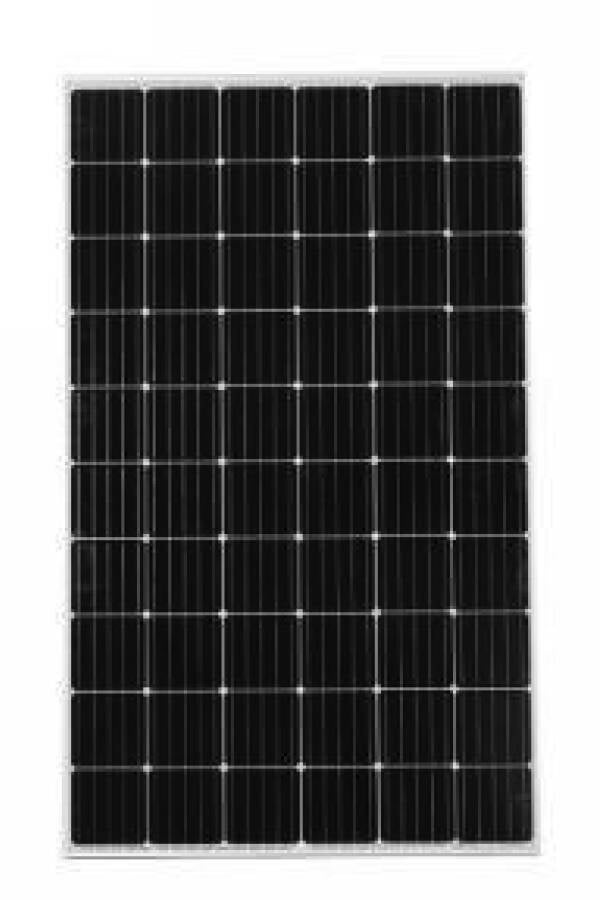
Polycell PV
Polycrystalline silicon or multicrystalline silicon, also known as polysilicon, poly-Si or mc-Si, is a high-purity, polycrystalline form of silicon used as a raw material by the solar photovoltaic and electronics industries.
Polysilicon consists of small crystals, also called crystallites, which give the material its typical metal flake effect. While polysilicon and multisilicon are often used interchangeably, multicrystalline usually refers to crystals that are larger than one millimeter. Multicrystalline solar cells are the most common type of solar cell in the fast-growing PV market and consume most of the polysilicon produced worldwide. About 5 tons of polysilicon are needed to produce a 1 megawatt (MW) conventional solar module. Polysilicon differs from monocrystalline silicon and amorphous silicon.

mono cell PV
Monocrystalline silicon, more commonly referred to as single-crystal silicon, Mono c-Si or Mono-Si for short, is the base material for silicon-based discrete components and integrated circuits used in virtually all modern electronic devices. Mono-Si also serves as a photovoltaic, light-absorbing material in the manufacture of solar cells.
It consists of silicon in which the crystal lattice throughout the solid is continuous, uninterrupted to the edges and free of grain boundaries. Mono-Si can be fabricated as an intrinsic semiconductor consisting only of extremely pure silicon, or it can be doped to p- or n-type silicon by adding other elements such as boron or phosphorous. Single-crystal silicon is perhaps the most important technological material of the last few decades – the “silicon era” because of its semiconducting properties, because its availability at an affordable price for the development of electronic components underlies today's electronics and IT revolution.